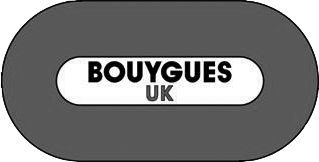10 Interesting Facts About Helical Piles
May 10, 2019 11:05 amUnless you work in the industry or have had reason to do your research, it’s unlikely that you know much about helical piles. We’ve put together 10 interesting facts for you, which will hopefully answer any questions you may have, but if you have any more, please don’t hesitate to get in touch.
- Helical piles are a type of building foundation, consisting of a steel shaft with steel plates welded together at strategic positions. They are designed to hold the weight of whatever structure they are supporting.
- Invented by Alexander Mitchell nearly 200 years ago, helical piles are becoming increasingly more popular in the construction industry. They anchor a structure to the ground, unlike concrete which merely glues it into place.
- Surprisingly, Mitchell was blind. He won the Telford Medal for his invention, three years before the first helical piles were put to use in mooring ships.
- In fact, helical piles were initially limited to nautical use, including Maplin Sands Lighthouse and Brighton Pier.
- When compared to concrete, helical piles have a variety of advantages, including speedy installation and easy removal.
- Helical piles are suitable for a variety of applications including ordinary houses, street lights, tower blocks, roads and railways.
- Recent experiments suggest that helical piles are a fantastic choice in earthquake prone areas.
- As well as earthquakes, helical piles are also designed to withstand high levels of moisture beneath the ground. The lack of noise and disruption is also a bonus, particularly in residential areas where noise needs to be kept to a minimum.
- Essentially, helical piles can be installed in any location, no matter what the climate; even if the temperature drops to below zero.
- Since they are made with metal, helical piles can be recycled time and time again, making them a lot more environmentally friendly than concrete.
Categorised in: helical piles




















